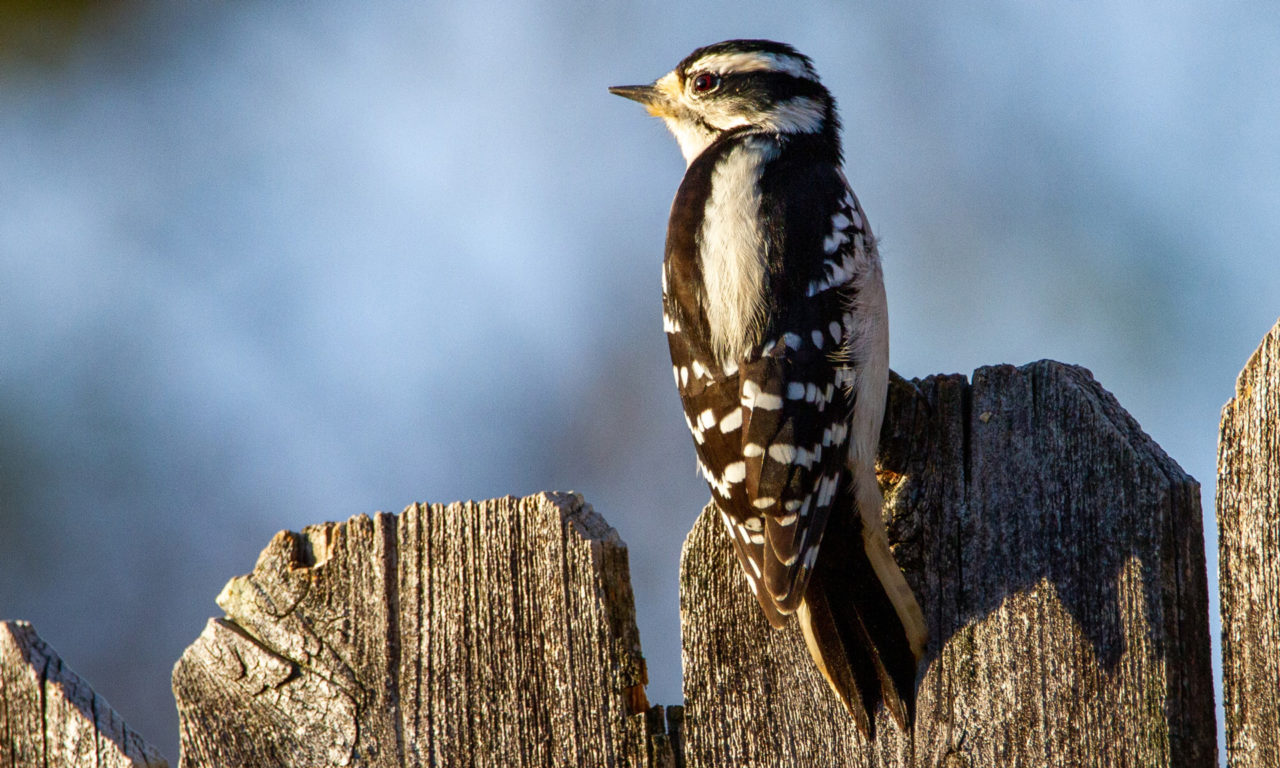Discovering Woodpeckers in Florida: Species Diversity and Natural History
Wiki Article
Revealing the Keys of Woodpeckers: Behavior, Habitat, and Extra
Woodpeckers, with their distinct habits and specialized adjustments, have long attracted scientists and nature lovers alike. These impressive birds possess a variety of appealing keys that clarified their survival methods, environment choices, and intricate communication methods. By uncovering the secrets surrounding woodpeckers' actions and environment selections, a much deeper understanding of these avian marvels emerges, offering a look right into their remarkable world. What makes these birds really phenomenal, and how do they browse their atmosphere with such accuracy and skill? Let's discover the captivating realm of woodpeckers and unwind the enigmatic details that make them such appealing topics of research study.Woodpecker Actions Insights
In checking out woodpecker habits, a remarkable screen of specialized skills and adaptations arises, clarifying their amazing ecological particular niche - Woodpeckers in Florida. Woodpeckers, recognized for their unique drumming on trees, possess a selection of behavior characteristics that contribute to their survival and success in their setting. One essential behavior is their drumming, which offers several purposes such as interaction, establishing territory, bring in mates, and situating food resources. This rhythmic pecking additionally showcases their amazing strength and endurance, as they can hammer away continually at broadband without creating damage to themselves.Moreover, woodpeckers exhibit a special feeding behavior defined by their capacity to essence pests from tree bark using their specialized beaks. Their lengthy, barbed tongues help in capturing target, while their strong neck muscle mass give stability and accuracy throughout pecking motions. This feeding method permits woodpeckers to access concealed insect larvae and remove them with remarkable effectiveness.
Environment Preferences and Selection
What variables affect the environment choices and choice of woodpeckers? One important aspect influencing woodpecker habitat selection is the availability of suitable nesting sites. Woodpeckers typically prefer woodlands with a mix of fully grown trees that supply adequate chances for tooth cavity excavation.Furthermore, woodpeckers show a choice for environments with a plentiful supply of food sources. They are primarily insectivorous, feeding on beetles, ants, larvae, and various other pests discovered in rotting wood or tree bark. Therefore, woodpeckers often tend to prefer wooded areas with a varied insect populace to satisfy their dietary demands.
Moreover, the visibility of dead or worn out trees is one more key consider woodpecker environment choice. These trees not only give food resources but additionally use appropriate substratum for tooth cavity excavation. Dead trees are vital for the maintenance of healthy and balanced woodpecker populaces, as they play an important role in the woodpeckers' life process and community characteristics.
Feeding Behaviors and Diet Plan Make-up
Woodpeckers show a specialized feeding behavior concentrated on foraging Source for bugs within various environments. Their diet mostly includes pests such as beetles, ants, caterpillars, and spiders, which they situate by tapping on tree bark and paying attention for the sound of motion inside. Woodpeckers utilize their strong beaks to pierce into the timber and their long, barbed tongues to draw out target from crevices. Along with insects, woodpeckers view it now likewise eat tree sap, fruits, nuts, and seeds, adding range to their diet regimen depending on the period and availability of food sources.The foraging techniques of woodpeckers are well-adapted to their arboreal way of life (Woodpeckers in Florida). Their capability to dig deep into timber not just gives them with food yet also aids in developing nesting dental caries and developing regions. Woodpeckers play a vital role in keeping the health of woodlands by regulating insect populaces and helping in the decay of timber. Recognizing their feeding behaviors and diet regimen make-up is crucial for preservation initiatives targeted at protecting these special and beneficial birds.
Drumming Seems and Communication
Making use of fast drumming noises on various surface areas, woodpeckers utilize a distinctive kind of communication to signal region limits and attract friends. This drumming habits is not just a way of communication yet likewise serves as a means for woodpeckers to establish their visibility within a specific area. The strength, speed, and pattern of the drumming can share essential details to other woodpeckers in the vicinity.Woodpeckers utilize drumming sounds to introduce their presence in a region and to caution off possible trespassers. The loud and recurring nature of the drumming works as a clear signal to various other woodpeckers that the area is currently claimed. This assists in reducing disputes and minimizing physical fights between individuals.

Survival Adaptations and Specialized Composition

Verdict
To conclude, woodpeckers display distinct behaviors, such as drumming audios for interaction, and have specialized anatomy for survival in their picked environments. Their feeding practices and diet make-up additionally show their flexibility to different environments. By understanding these facets of woodpeckers, researchers and conservationists can much better safeguard and preserve these interesting birds and their environments.Report this wiki page